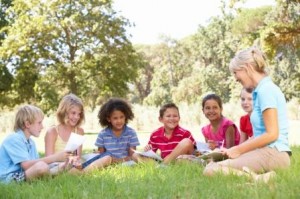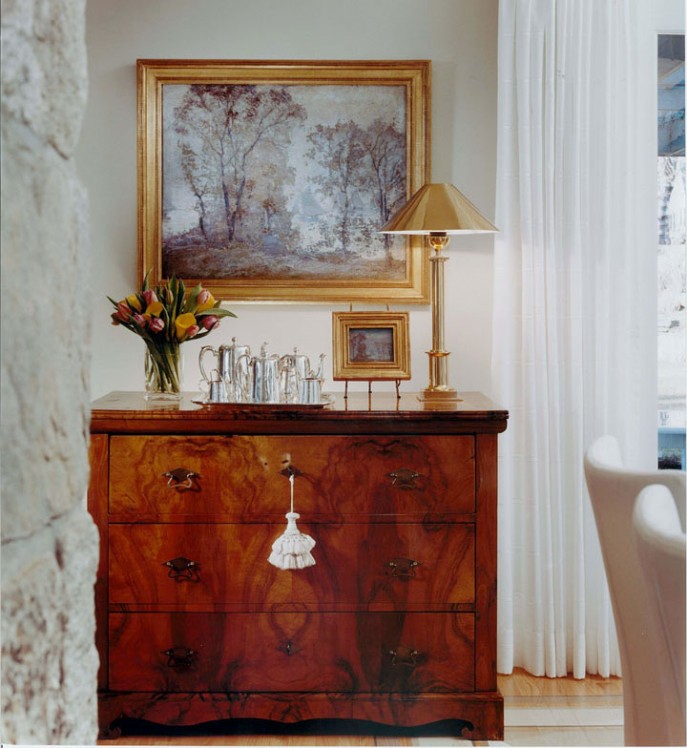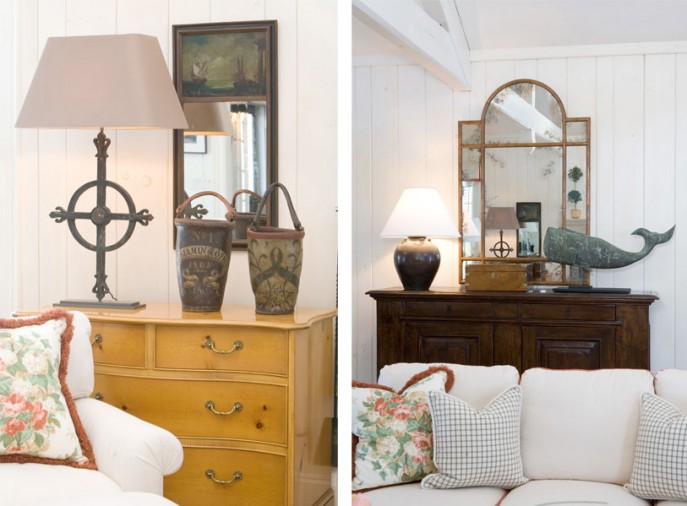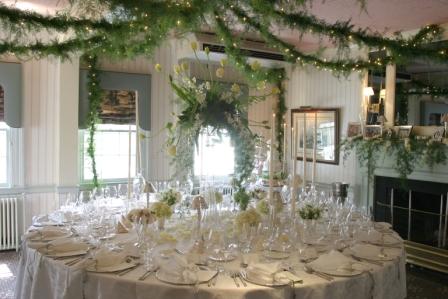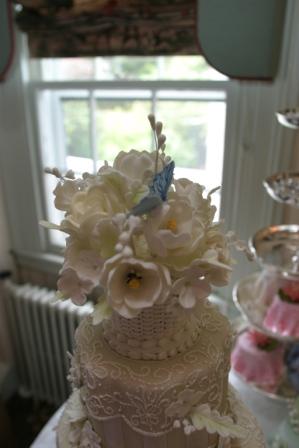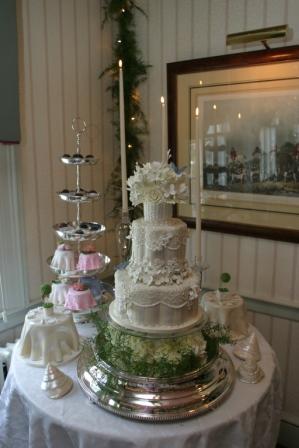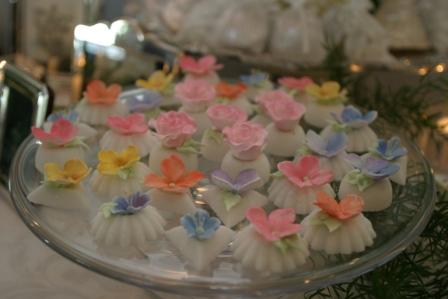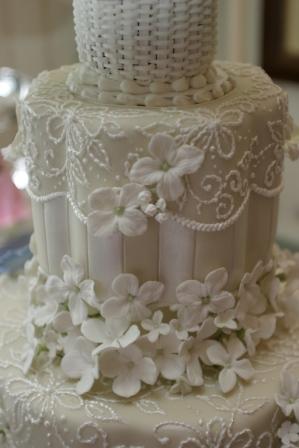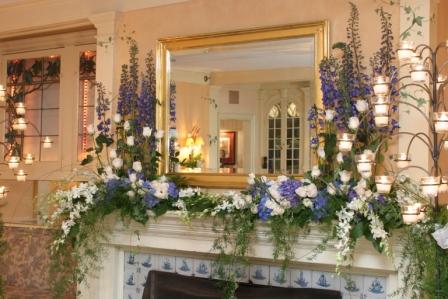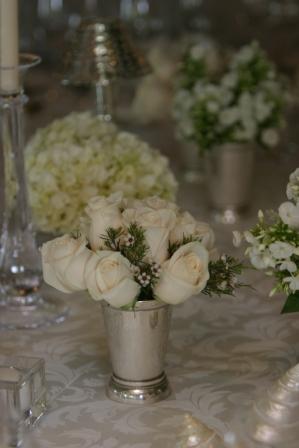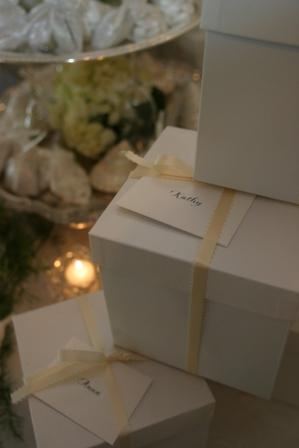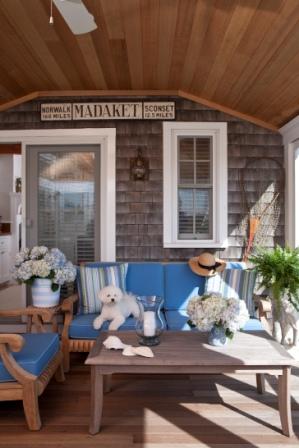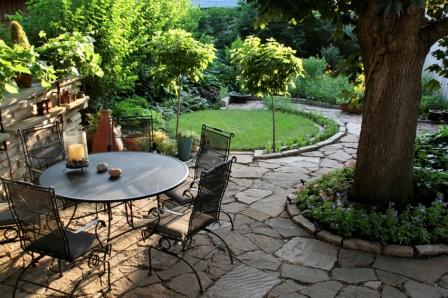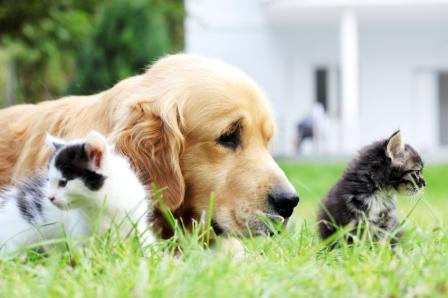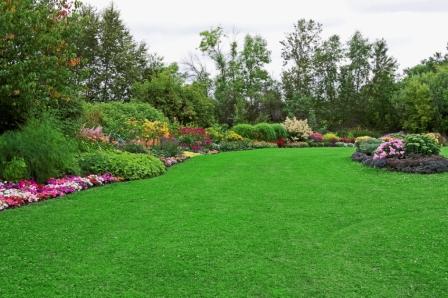
EnviroSafe paints used on these interior walls set off the vintage tin sand toys, a whimsical touch.
Your health isn’t bordered by your body.” —Michael Pollan
According to the EPA, one of the top five hazards to human health is indoor air. Research teams there have found that pollutants can be two to five times higher inside your home than outside, regardless of whether you live in a rural or highly industrial area. After an activity like paint stripping, toxic chemicals can test 1,000 times higher indoors than outdoors.
If that surprises you, consider the hundreds of gallons of paints and finishes used over the lifetime of your home, from floor to ceiling, and from wall to wall. As those paints and finishes “off-gas, ” they may be releasing a variety of chemicals and toxic by-products, and the air in your home suffers. Your health may suffer as well.
Paints with high concentrations of Volatile Organic Compounds (VOCs) have been used for years. That just-painted smell in a new or renovated house is actually the off-gassing of chemicals like benzene, formaldehyde, toluene and zylene. The fumes from these paints last far longer than the odor, however, as can fumes from floor stains and finishes, sealants and caulks. Harmful fumes can even leak from closed containers, which is why it is recommended that you only buy the amount of product you’re going to use, and never store leftover products inside your home.
As a designer, I’ve spent my life creating homes for my clients that are as healthy as they are beautiful. I believe that a healthy home is the ultimate luxury. I’m also concerned for the health of the workers who are exposed on a daily basis to chemicals that leave them with headaches, fatigue and asthma. My commitment to environmental awareness, both personally and professionally, has led me to find highly effective products that protect the health of humans and homes alike.
In renovating my new home on Nantucket Island, I used No VOC paints from EnviroSafe on all interior surfaces, as they are specially formulated for clean air and healthy interior environments. That’s more important than ever in today’s airtight, energy-efficient homes.
I’m delighted that consumer demand has led to the development of many new, healthier products, including Low Odor or Low VOC paint, Zero VOC paint, and non-toxic or natural paints. Low VOC products use water as a carrier instead of petroleum-based solvents, reducing the levels of heavy metals and formaldehyde. Look for paints with the Green Seal Standard, which certifies that they meet certain industry standards for VOCs.
Green Seal is an independent, non-profit group that sets standards for environmentally responsible, or “green” products. Do be aware, however, that even low VOC paints can contain toxins like fungicides and biocides, chemicals that are used to prevent mildew growth and extend the shelf life of the product. What sets EnviroSafe apart is that they have no fungicides or biocides at all. They were one of the very first companies to create a line of No VOC paints for their chemically sensitive customers. Since municipal tap water has been found to contain VOCs in just about every major metropolitan area throughout America, the water EnviroSafe uses in their paints is pure, filtered water pumped from a private well located in a rural area.
Their paints are available in a wide spectrum of colors, but since it’s made in small batches, you may need to plan ahead when ordering. You can reach EnviroSafe at 830-232-6467.
We can’t make toxins vanish into thin air, but we can do a lot to improve the air we breathe when we’re home with family and friends. Visit my website at www.dujardindesign.com to see luxurious examples of eco-elegance. A healthy, beautiful home is possible for all of us.





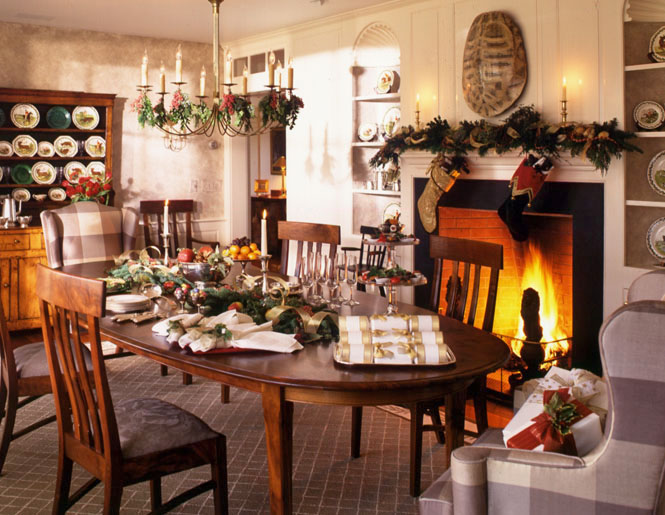
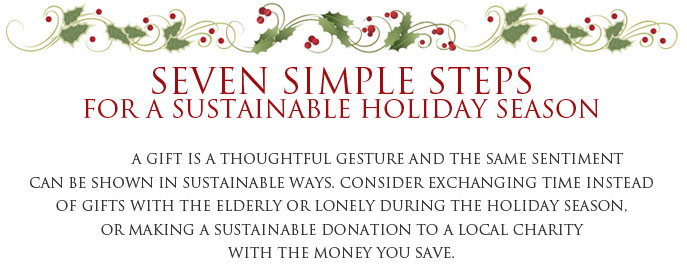




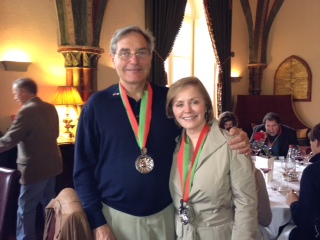
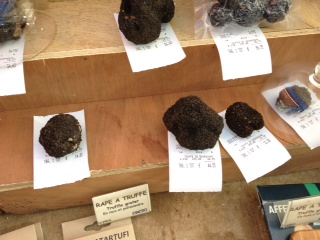

 10th Annual Leadership Summit on Sustainable Design Hosted by the Design Futures Council
10th Annual Leadership Summit on Sustainable Design Hosted by the Design Futures Council
